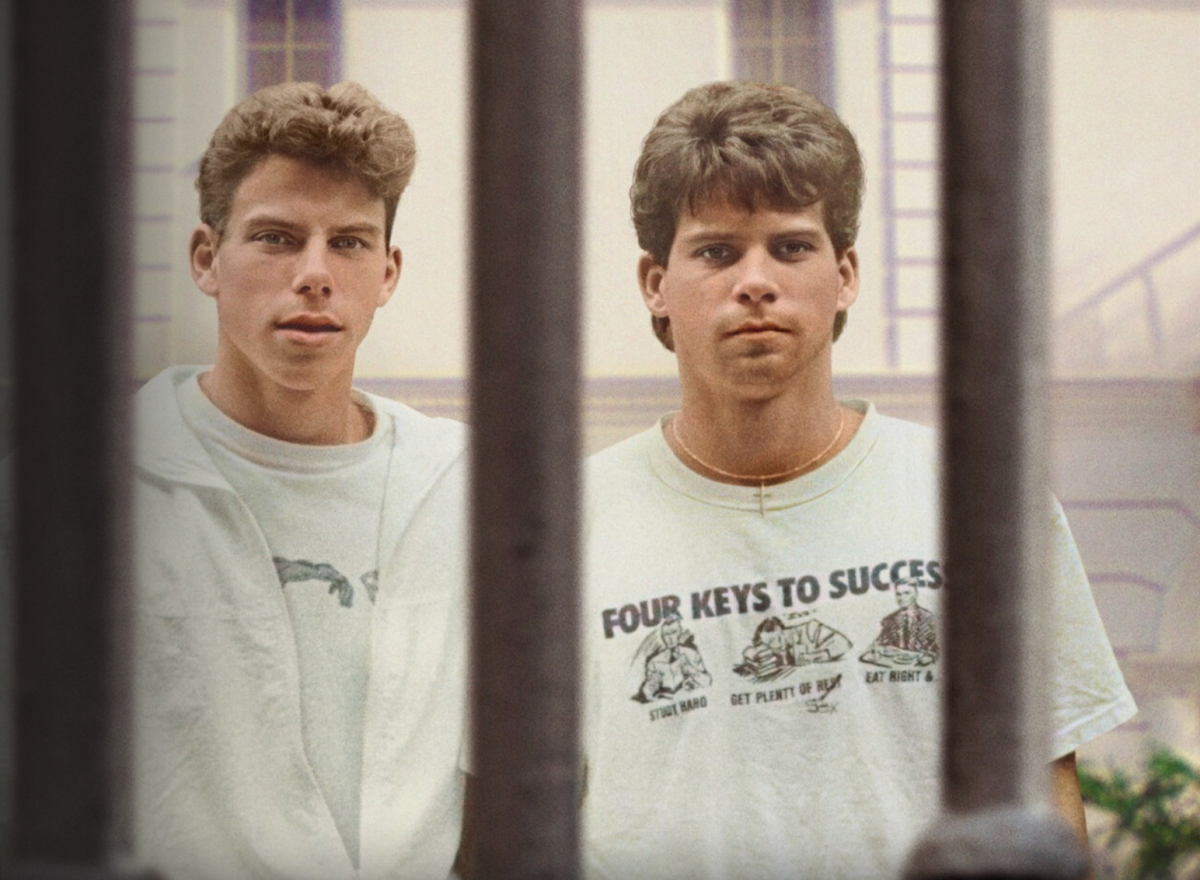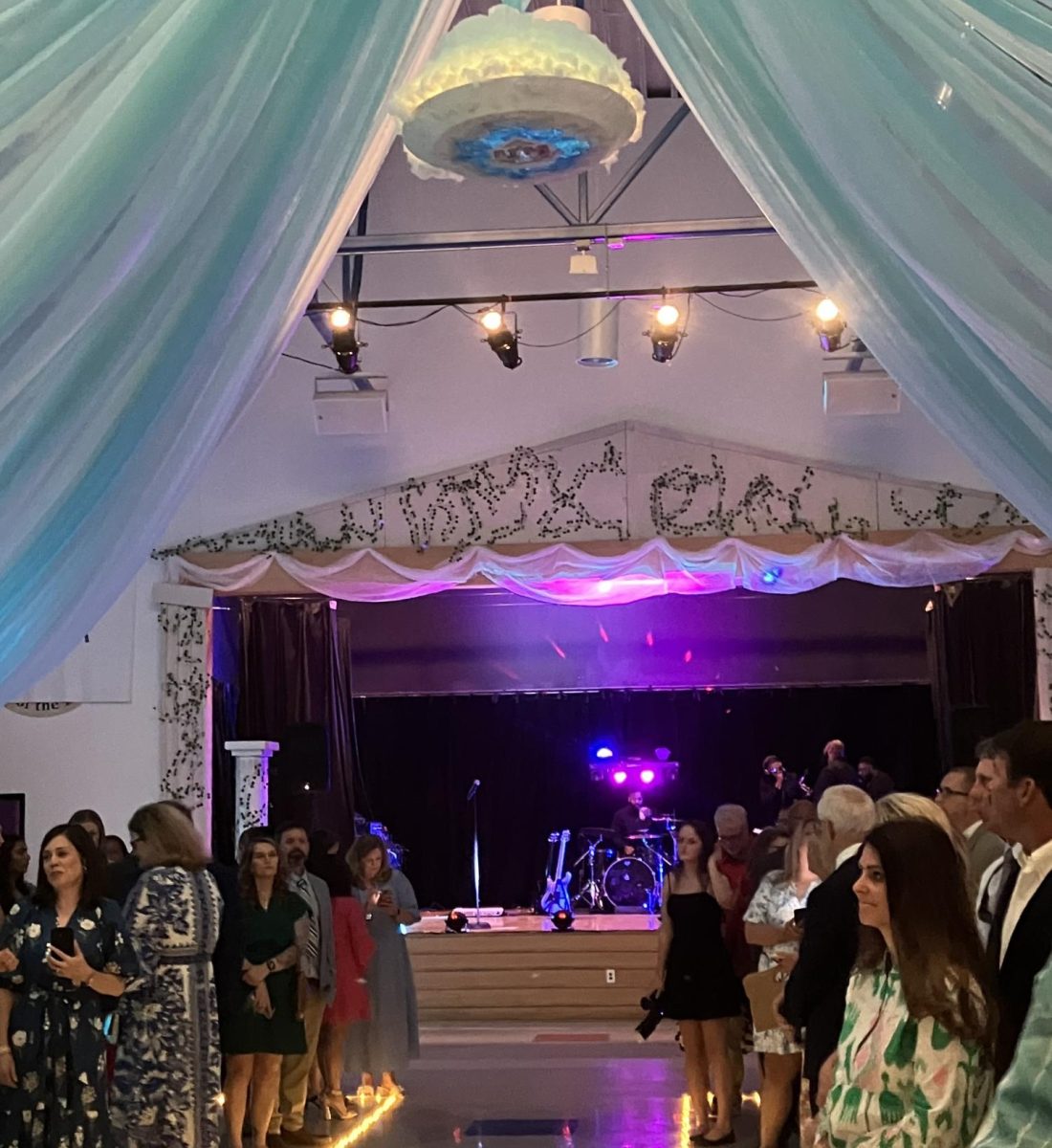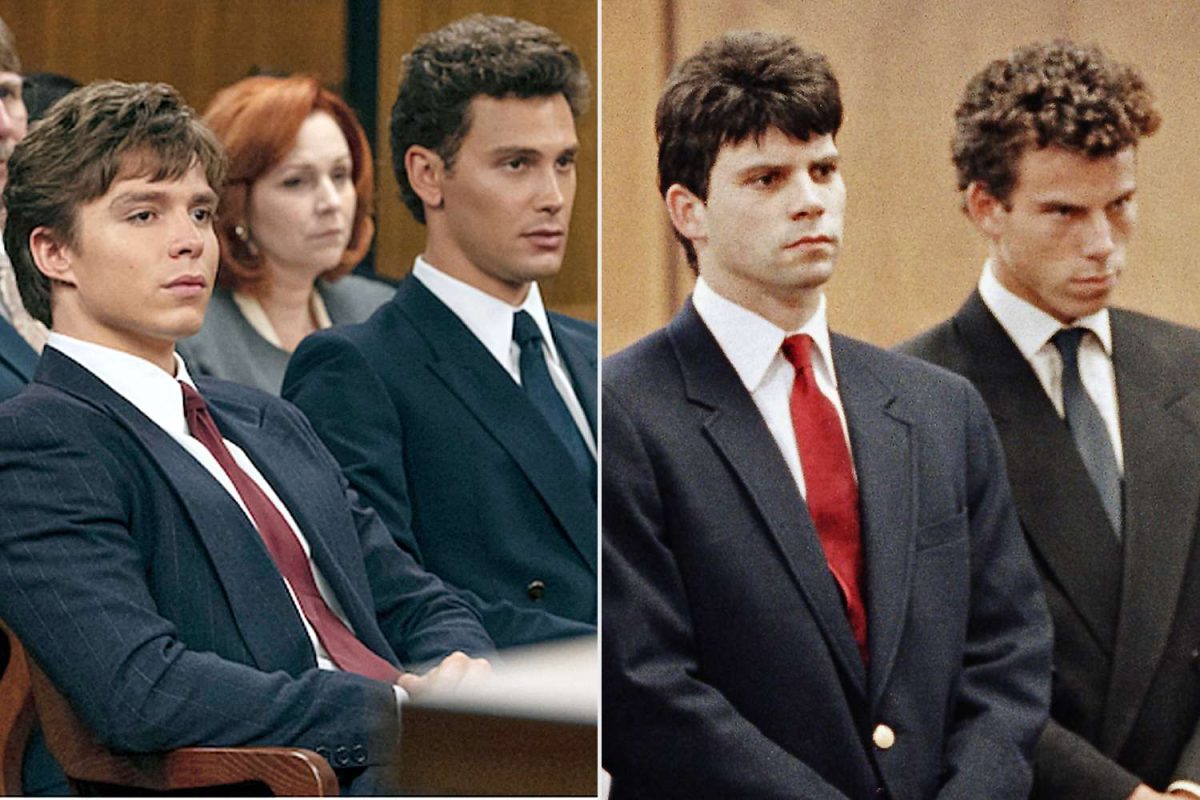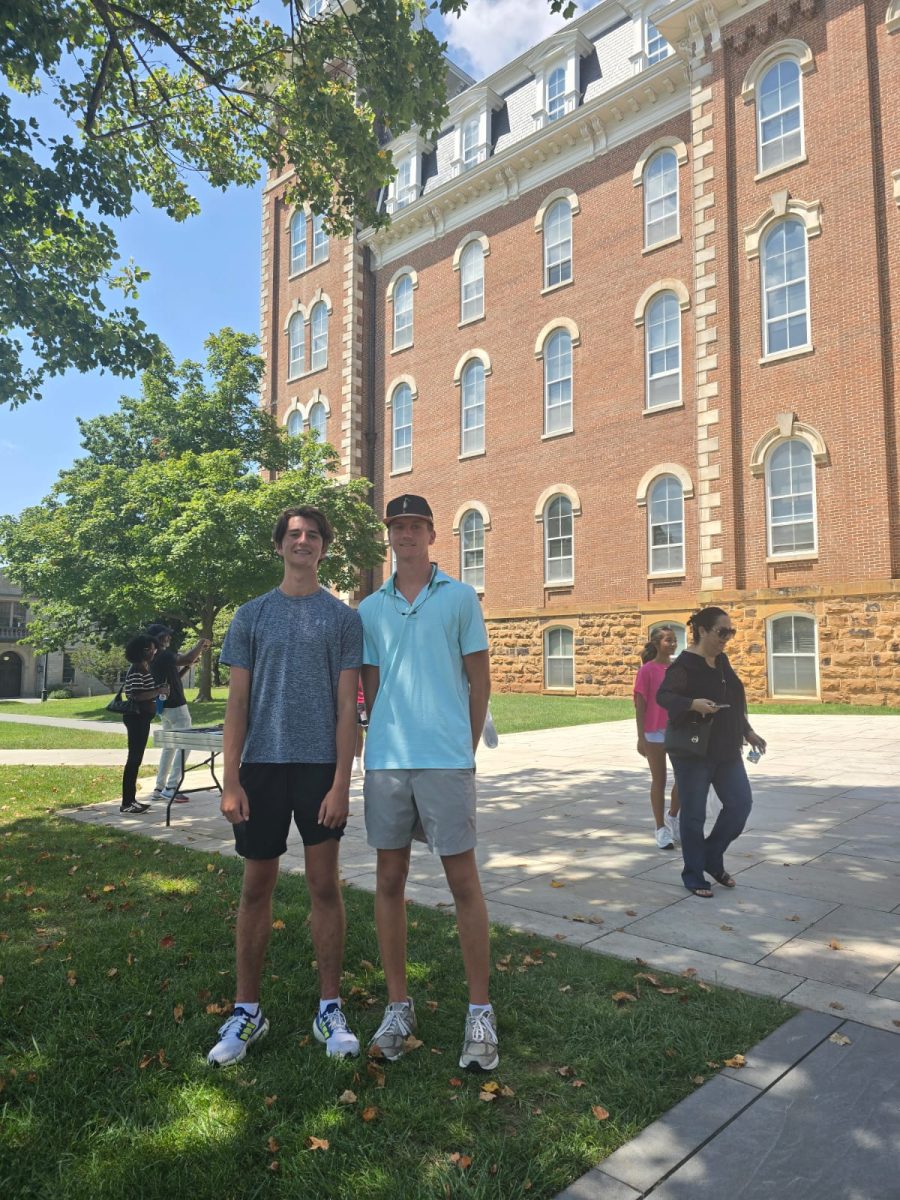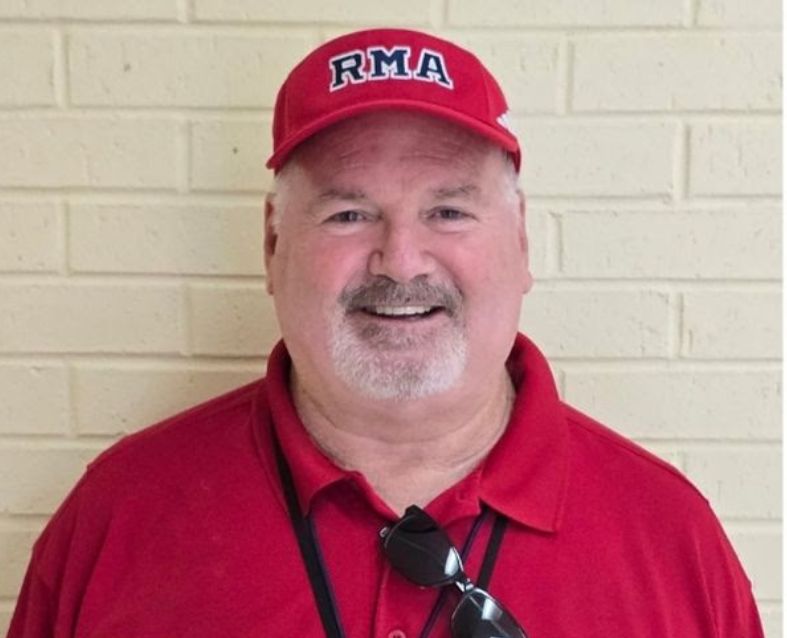THIS ARTICLE DISCUSSES REAL-LIFE CRIMES AND ABUSE. IT IS INTENDED FOR A MIDDLE/UPPER SCHOOL AND ADULT AUDIENCE.
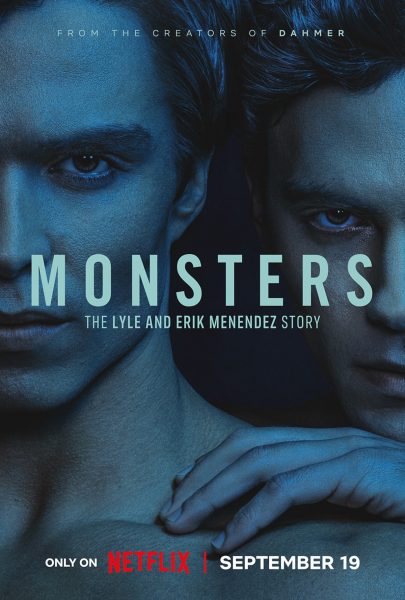 Have you heard Upper School students around campus talking about the famous Menendez brothers–the siblings who killed their parents in the 1990s? Even if you are not personally invested in the case–or even alive when they committed their crime–you might be familiar with the well-received Netflix show Monsters: The Lyle and Erik Menendez Story. Despite being a great place to start learning about one of the most famous criminal trials in recent history, this show is not 100% accurate, so here is what you need to know about the Menendez brothers as their attorneys try to overturn their life sentences.
Have you heard Upper School students around campus talking about the famous Menendez brothers–the siblings who killed their parents in the 1990s? Even if you are not personally invested in the case–or even alive when they committed their crime–you might be familiar with the well-received Netflix show Monsters: The Lyle and Erik Menendez Story. Despite being a great place to start learning about one of the most famous criminal trials in recent history, this show is not 100% accurate, so here is what you need to know about the Menendez brothers as their attorneys try to overturn their life sentences.
To best understand this story, we need to go back to before the brothers were even born. In 1944, Jose Menendez (Erik and Lyle’s father) was born into a wealthy Cuban family. However, in the late 1950s, Fidel Castro seized the upper and middle class’s property. Since Jose’s family fell into this category, he moved to the United States at the age of 16 to start over. With a lot of hard work, he became a very successful businessman. He met Mary Louise (Kitty) Anderson while in college, and they married in 1964. This sounds like a story of an underdog who persevered and got everything he wanted, so we might wonder why someone would want Jose dead.

This is where you need the rest of the story. Jose was just as disliked as he was successful. He was known to be rude and cocky. When he had his sons, Erik and Lyle, he was very demanding and expected his sons to be the best of the best. He sounds like a pretty tough parent to have; however, he was not much better at being a husband. He was unfaithful to his wife and had multiple mistresses. Kitty stayed with him after learning about these mistresses, which tells us a lot about her character too: she lived for Jose’s validation. Even though Jose was a stern, demanding father and an unfaithful husband, those are not justifiable reasons to be murdered. What, then, would bring the brothers to do that to their father?
Fast forward to the evening of August 20, 1989, when Lyle (who was 21 at the time) and Erik (18) Menendez committed what news outlets called “the perfect crime.” The brothers walked into their Beverly Hills mansion and shot their parents with shotguns they had bought from a store in San Diego with Lyle’s friend’s drivers license. The boys used the shotguns to shoot their mother ten times and their father six times.
After they murdered their parents, they got rid of their guns and went to the movie theater–a weird place to go after committing parricide. But this is where the boys’ plan began. After the movies, they came home to find that no one had been to the house and that no one knew their parents were dead. Then they took the final step to ensure no one would suspect it was them. Lyle called the police and reported, “Somebody killed my parents!” The boys had murdered their parents, but no one suspected it was them.
So how did they eventually get caught after committing “the perfect crime”?
In the days and weeks following the crime, the boys spent $15,000 on Rolex watches. Lyle bought a Porsche, Erik bought a Jeep Wrangler, and they purchased a restaurant in New Jersey. These were just some of the boys’ big purchases. People often do a little retail therapy when they’re sad, but such extravagant spending raised some serious suspicions. But the nail in the coffin was the brothers’ therapist.
Erik struggled to live with the guilt of what they had done and suffered from nightmares. He ultimately confessed to his therapist, Dr. Jerome Oziel, who taped the sessions first with Erik and then with Lyle later on. Soon after, the doctor showed the tapes to his mistress, who ended up going to the police with this information and evidence. Finally, in March of 1990, Lyle (22 by then) and Erik (19) were arrested. The boy’s “perfect” crime ended up being not so perfect after all.
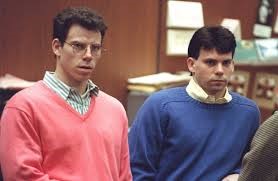
The brothers’ trial began after a three-year legal debate over whether the tapes could be used in court. They were ruled admissible, and in the summer of 1993, the trial finally began and was televised for the public that had been following the case. It wasn’t until this trial that the public finally found out why two well-off brothers from Beverly Hills would want to kill their parents. The boys admitted to being sexually and emotionally abused by their father. Lyle was the first to testify, saying that his father had sexually abused him from the age of 6. Even though the abuse had stopped by the time he was 9, the emotional and sometime physical abuse continued until the night Jose died. Then Erik testified, saying that his own sexual abuse started when he was 6–just like with his brother–and continued until his father was killed, at which point Erik was 18.
The prosecution argued that the boys killed their parents for their money, but Lyle and Erik’s lawyers helped them argue that they killed their parents in an act of self-defense. The brothers lived in constant fear of their parents because of all the abuse they had endured. A couple of weeks before the murders, Erik told Lyle that the sexual abuse from their father was still going on and had been for the past 12 years. Lyle later confronted Jose and told his father that he would never touch Erik again; Lyle would also tell everyone about the cruel, sick things Jose had done to them. They later testified that Jose threatened to kill them if they did not keep the abuse a secret.
After a months-long ordeal that started in July 1993 and ended in January 1994, the trial ended without a verdict. It was probably this heart-wrenching testimony that led to a hung jury: they could not reach a decision since the boys were victims but also killers. As result, a new trial started in October 1995. A guilty verdict was announced in March 1996, and the brothers were sentenced to life in prison in July of that year.
Supposedly the boys killed their father because of the abuse they endured from him, but why would they kill their mother? If they were victims of abuse, why were they sentenced to life? And why–thirty years later–have Lyle and Erik asked to have the courts take another look at their case? All your questions will be answered in the next edition of The Eagle Examiner!

